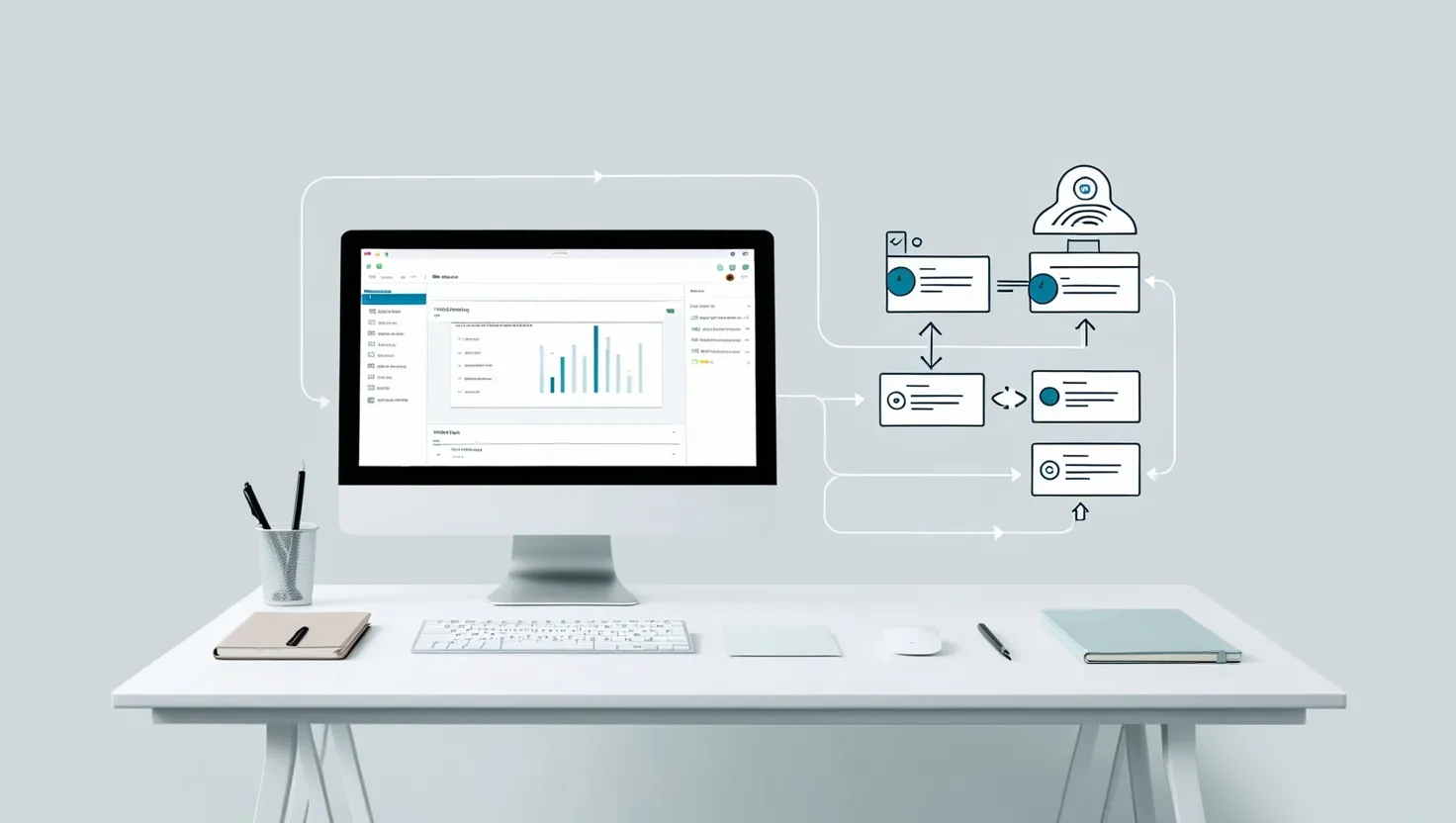Imagine if you could finish your daily tasks before lunch without feeling rushed. Every morning, most of us face the same puzzle: emails piling up, forms to fill, reports to generate, and updates to push to three, maybe four tools. The routines look small, but together, they can eat up entire workdays. What if these tasks managed themselves while you focused on bigger problems? I want to walk you through five practical automation techniques that can quietly reclaim hours of your week. Some of these strategies may feel obvious, but a closer look reveals fresh angles—and a few surprises—you might not expect.
Let’s start with a question: how many minutes do you spend daily just sorting emails? I used to let my inbox run wild. But the moment I set up simple trigger-based rules, everything changed. Now, newsletters and notifications filter into their folders as soon as they arrive. Urgent client emails land right up front, impossible to miss. I haven’t had to “find” an important message in weeks, and my daily scan time plummeted. What’s fascinating is that the real benefit isn’t just less clutter. With priority tags and automatic sorting, you’re less distracted by noise, which makes time for deeper work. The first time you check your streamlined inbox, you’ll wonder why you waited so long. As Peter Drucker once said,
“Efficiency is doing things right; effectiveness is doing the right things.”
Think about your paperwork. Nearly every office has its own flavor of routine: project updates, client proposals, meeting notes. Each document is a slight remix of the last. Have you ever noticed how much time you spend just formatting? Contrast that with teams who keep a central library of templates. I adopted this idea when I noticed our proposals always needed the same sections. I built templates with placeholders for names, dates, and customer details. Suddenly, each report took minutes, not hours. Consistency went up, typos went down, and everyone spent less mental energy on repetitive formatting. If you’ve ever wondered how some people “always” produce polished work at speed, this is their secret. What documents could you template tomorrow?
Now, here’s a trick most people overlook: syncing updates across your digital tools. Picture this—your project deadline moves, but your calendar, team chat, and CRM still show the old date. You end up chasing down updates, and someone always misses the memo. By connecting these systems, a single change reflects everywhere automatically. I remember setting up my project manager to talk to my calendar app for the first time. At first, it felt trivial, but the real impact came weeks later when I realized we’d avoided those last-minute “wait, when is this due?” threads. No more double entry, no more crossed wires. This kind of automated harmony doesn’t just save time—it eliminates errors before they become problems. Ask yourself: where are you repeating updates each day that a simple sync could handle for you?
Content creation is another place ripe for automation. Do you ever catch yourself hopping into social media or newsletter tools throughout the day—posting here, updating there? It’s a recipe for constant distraction. The alternative is batch scheduling. Set aside one block of time per week to queue up your posts, newsletters, even internal status updates. Automation tools handle the rest while you focus on your core work. I used to think constant engagement required constant attention, but scheduling tools shattered that myth. Suddenly, my online presence was consistent—even when I was heads-down elsewhere. As Tim Ferriss put it,
“Focus on being productive instead of busy.”
Numbers tell a similar story. Reporting is crucial, but compiling metrics shouldn’t take hours. By building dashboards that pull from live data sources and update automatically, I stopped generating the same reports again and again. The first time I watched a dashboard refresh itself, it was almost magical. Stakeholders could see the latest results at any time, with no action required from me. This shift frees up brainpower for real analysis and decision-making, rather than data wrangling. If you spend time every week updating charts by hand, you’re missing out. Where could real-time data change the way you work?
What’s common across these techniques is the focus on high-frequency, low-complexity tasks. Often, the biggest gains come from automating the things we do most often, even if each instance seems small. The power is in the compound effect. Set up a trigger, build your template, sync your tools—each step may take 20 or 30 minutes. Multiply that by the time saved over months, and you’re looking at a major shift in productivity.
I’ve been amazed at how much more energy I have for creative and strategic work when the repetitive stuff handles itself. The best automations often start with a single, nagging time-waster. You solve that, then ask: what else could be streamlined? Before long, you’re working in a very different landscape—one where your attention isn’t constantly pulled toward the mundane.
This isn’t a call for perfection. Some days, things will still slip through. But adopting even one of these techniques can open up space in your calendar and your mind. And that space is where your best thinking happens. If you’re wondering how to begin, start by looking at your own day: what’s the most repetitive task you touch? Try automating it, and see what happens.
I’ve seen teams transform their approach—and their results—by applying these ideas. The process isn’t just about saving minutes. It’s about regaining control, reducing stress, and creating room for the work that actually matters. As Bruce Lee famously said,
“It’s not the daily increase but daily decrease. Hack away at the unessential.”
So, where will you start? What’s one task you do every day that could run itself with a bit of setup? The tools are more accessible than ever. All it takes is a willingness to experiment, measure your progress, and adjust. Over time, you’ll find that what once felt like daily maintenance now disappears into the background. That’s when the real work—the work only you can do—comes to the forefront. And isn’t that the point of efficiency in the first place?
Let’s make our time count. Let the robots handle the rest.






